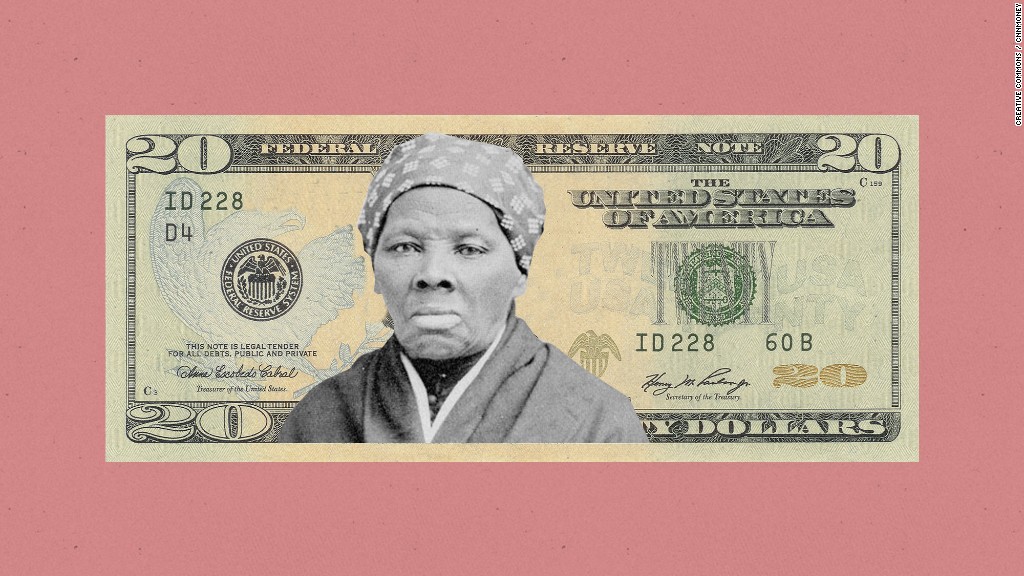
Pity the poor penny. People will walk right by them lying in the street. Billions sit idly in jars and bowls on kitchen counters. Economists have said for years that the U.S. should stop making them.
But the penny is nothing if not resilient.
Treasury Secretary Jack Lew unveiled a new generation of paper currency on Wednesday. He said nothing about the future of the penny.
There are roughly 240 billion pennies in the economy, about twice as many as all other coins combined, according to the Government Accountability Office.
But by some estimates, two-thirds of the pennies are not in circulation -- stashed away in drawers and jars. Few vending machines or parking meters still accept the penny, and some businesses would rather round down their prices than deal with pennies.
Related: Hamilton to stay on front of $10, and Harriet Tubman to go on $20
To make matters worse, it now actually costs 1.4 cents to make each penny, which by the way, are mostly made out of zinc, not copper. The U.S. Mint spent about $130 million to produce and ship 9.2 billion of the coins last year.
Yet many people have no use for the penny, tossing them into dishes on store counters when they get change.
"When people start leaving a monetary unit at the cash register for the next customer, the unit is too small to be useful," Greg Mankiw, a former chairman of the President's Council of Economic Advisers, told CNNMoney in 2013.
Treasury won't comment on its plans for the penny. But in a memo to President Obama last year, Lew argued that the U.S. should suspend production of the coin, according to a report in the Wall Street Journal. Other countries, including Canada, have dropped their penny.
Related: Pennies and nickels cost more to make than they're worth
The most vocal advocate for keeping the penny is the group Americans for Common Cents, which is actually funded by Jarden (JAH), the company that sells the blank sheets of metal used to make pennies.
The group argues that the fact that banks ordered 9.2 billion pennies last year is proof that there is still a need for more pennies.
"If the Fed can't meet that demand, things will gets a little dicey," said executive director Mark Weller.
But without pennies, there would be a need for more nickels. And the Mint loses even more money making nickels than it does on pennies, since it costs 7.4 cents to make each 5-cent coin.
It's not clear if Treasury has the authority to unilaterally halt production of the penny without Congressional approval. It did stop making dollar coins for general circulation in 2011 without legislation, but the Mint still makes the coins for collectors.
